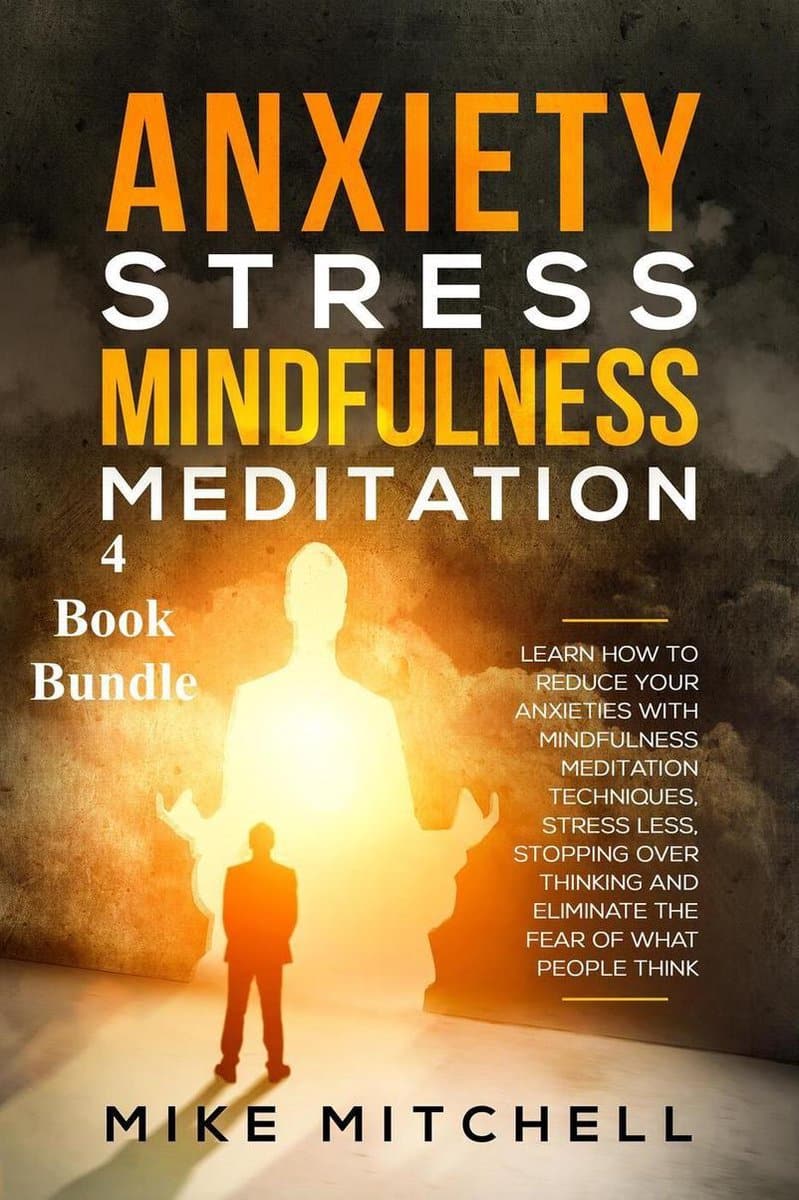Breathing Techniques for COPD
Breathing Techniques for COPD Management: Taking Charge of Your Breath
Airflow restriction is a hallmark of chronic obstructive pulmonary disease (COPD), a progressive lung illness. One of the main symptoms of COPD is shortness of breath, which can have a serious effect on everyday activities and quality of life. Thankfully, there are breathing exercises that can assist control these difficulties and enhance general wellbeing. Pursed-lip breathing and diaphragmatic breathing are two essential breathing methods for managing COPD that are discussed in this article.
Table of Contents

Recognizing How COPD Affects Breathing
Breathing Techniques for COPD
It is challenging to get air into and out of the lungs when someone has COPD because the airways constrict and become inflamed. Breathlessness results from this, particularly while exerting yourself. Even though medication is an essential part of managing COPD, people can effectively manage their symptoms by learning simple breathing strategies and taking control of their breathing.
Breathing Pursed-Lip: Delaying the Exhale
Breathing Techniques for COPD
A quick and easy way to lower your breathing rate and increase the effectiveness of air exchange in your lungs is to practice pursed-lip breathing. This is how you do it:
- Either stand or sit upright and comfortably.
- Let your neck and shoulder muscles relax.
- Take a slow, two-count breath through your nose.
- As though you’re going to blow out a candle, purse your lips.
- Four, six, or even eight counts of slow, gentle exhalation via pursed lips are possible, depending on how comfortable you are.
- For many minutes, repeat steps 3-5 while concentrating on a slow, deliberate exhale.
Pursed-Lip Breathing’s Advantages for COPD
Breathing Techniques for COPD
For COPD patients, pursed-lip breathing has various advantages:
- Reduces Shortness of Breath: Pursed-lip breathing helps empty your lungs more thoroughly by slowing down breathing and prolonging the exhalation phase. This helps reduce shortness of breath during activity or at rest.
- Enhances Gas Exchange: By taking slower breaths, you can better absorb oxygen and expel carbon dioxide from your body, which raises blood oxygen levels.
- Reduces Anxiety: Breathing slowly and deliberately can help reduce anxiety, which is frequently linked to dyspnea. It can also encourage relaxation.
- Simple to Understand and Put into Practice: Pursed-lip breathing is an easy method that may be used at any time and anywhere to help manage the symptoms of COPD.
Breathing Diaphragmatically: Activating the Correct Muscles
Breathing Techniques for COPD
Belly breathing, or diaphragmatic breathing, is a technique that emphasizes using the diaphragm, the primary breathing muscle, for more effective air flow. Breathing through the chest muscles can be less efficient for many COPD sufferers. The following is a diaphragmatic breathing exercise:
- With a pillow beneath your head for support, lie on your back with your knees bent. As an alternative, you can adopt a posture-aware chair and sit up straight.
- Put one hand on your chest and the other, little below your ribs, on your abdomen.
- Feel your chest staying mostly motionless while your abdomen expands slightly as you take a calm, deep breath through your nose.
- Slowly release the air with pursed lips, allowing your belly to drop as you do so.
- Spend a few minutes practicing, paying particular attention to breathing with your diaphragm.
Diaphragmatic Breathing’s Advantages for COPD
Breathing Techniques for COPD
Diaphragmatic breathing helps COPD sufferers in a number of ways:
- Increased Breathing Efficiency: This method encourages deeper breaths and improves lung air exchange by activating the diaphragm.
- Decreased Demand on the Respiratory Muscles: Breathing feels less taxing when the diaphragm is used because it relieves the load on the accessory chest muscles.
- Enhanced Power and Sturdiness: Breathing endurance can be increased by strengthening the diaphragm muscle through regular diaphragmatic breathing practice.
- Encourages Calm: As with pursed-lip breathing, concentrating on deep, slow breaths helps reduce stress and increase calm.
Combining Breathing Methods for Maximum Advantag
Breathing Techniques for COPD
For best effects, pursed-lip and diaphragmatic breathing techniques can be used separately or in combination. To slow down and deepen your breathing, you can begin with pursed lips and work your way up to diaphragmatic breathing. Try different things to see what suits you the best.
Acquiring and Developing Breathing Methods: Advice and Assistance
Breathing Techniques for COPD
The following advice can help you become proficient in these breathing techniques:
- Practice frequently: Try to fit in multiple sessions during the day, even if they are only for a short while each.
- Seek advice: To acquire correct technique and obtain individualized assistance, think about working with a respiratory therapist or other healthcare expert.
- Integrate into daily life: To effectively control symptoms, use these approaches during activities that cause dyspnea.
Breathing Techniques for COPD
You may regulate your COPD symptoms, lessen dyspnea, and enjoy a marked improvement in your quality of life by adopting these easy-to-use yet powerful breathing techniques into your daily routine.





Recent Comments